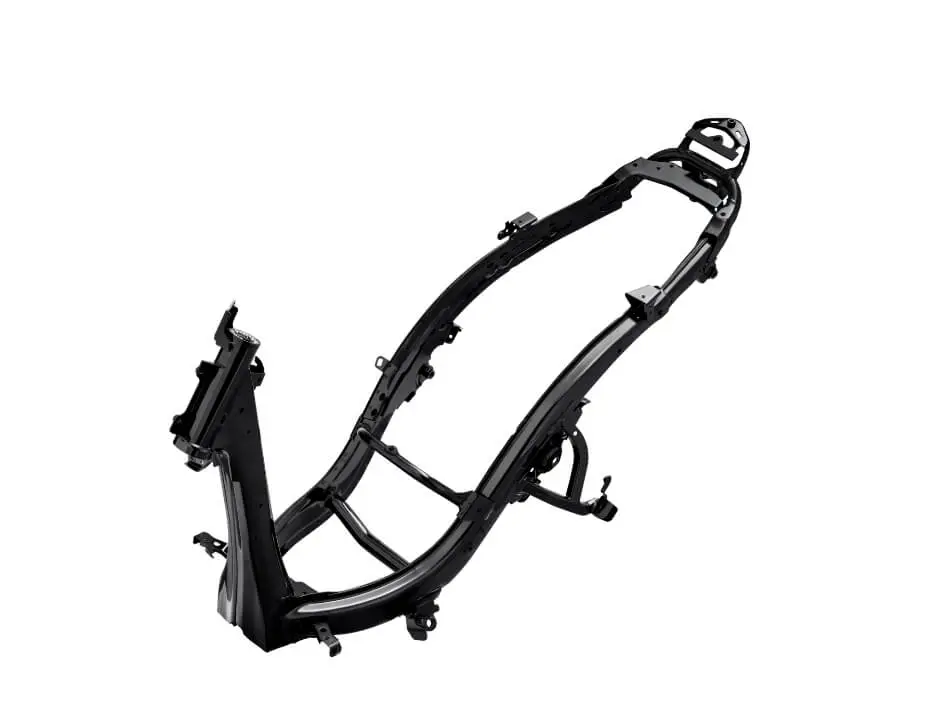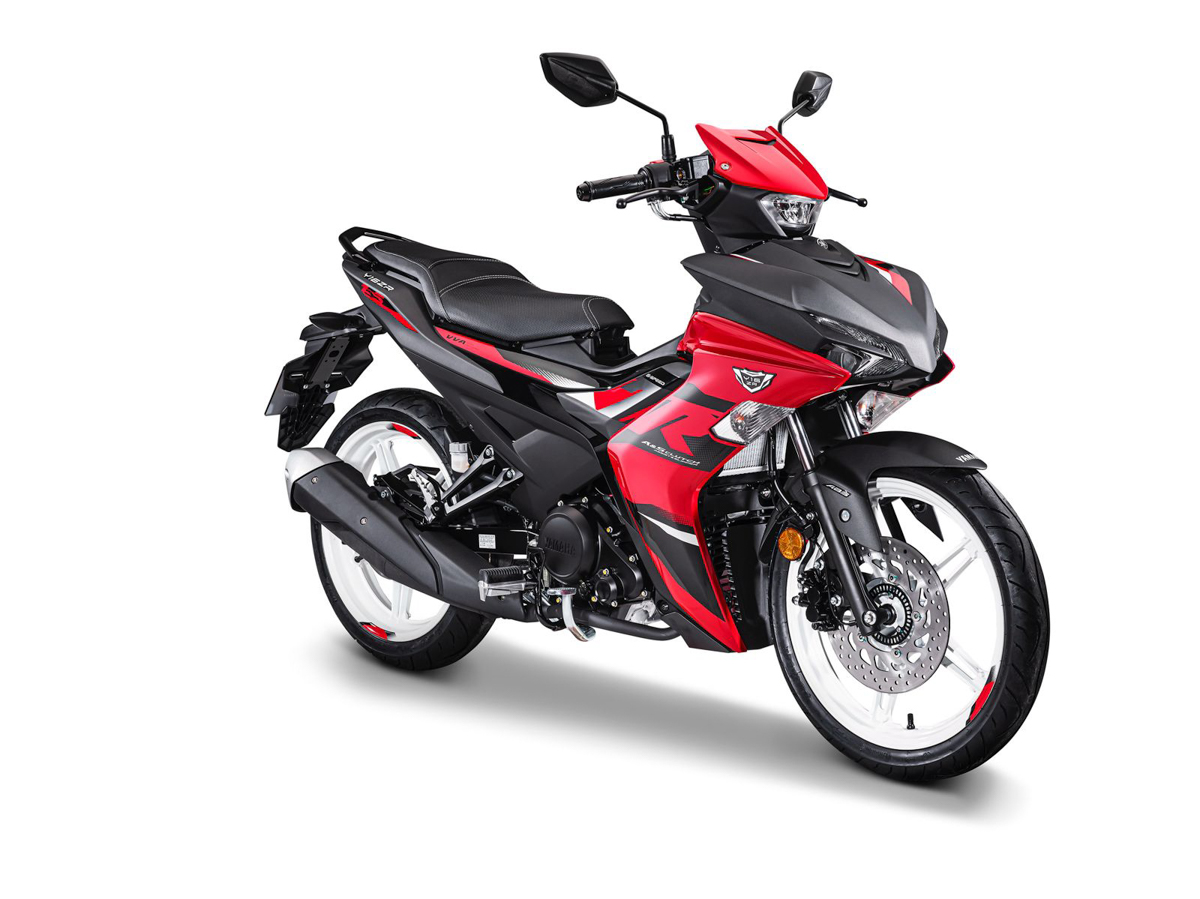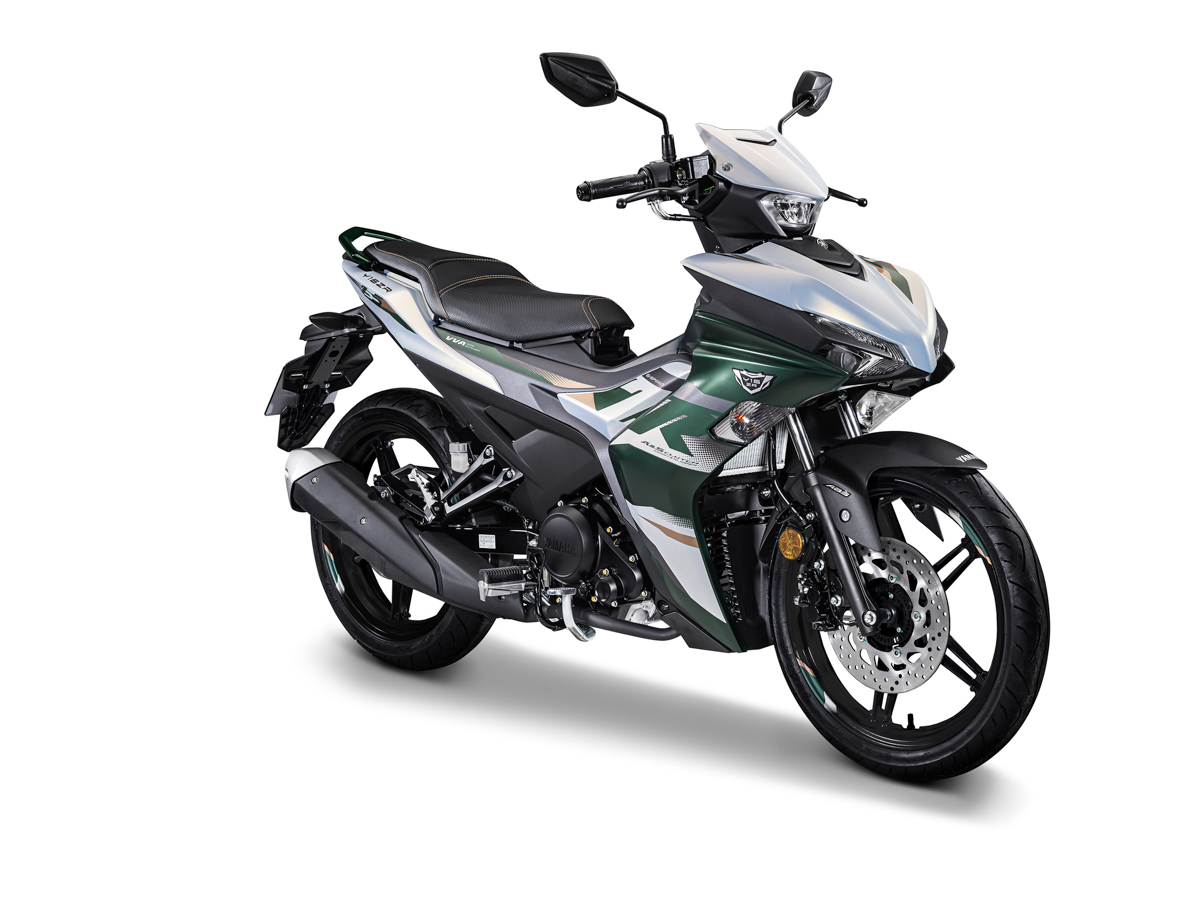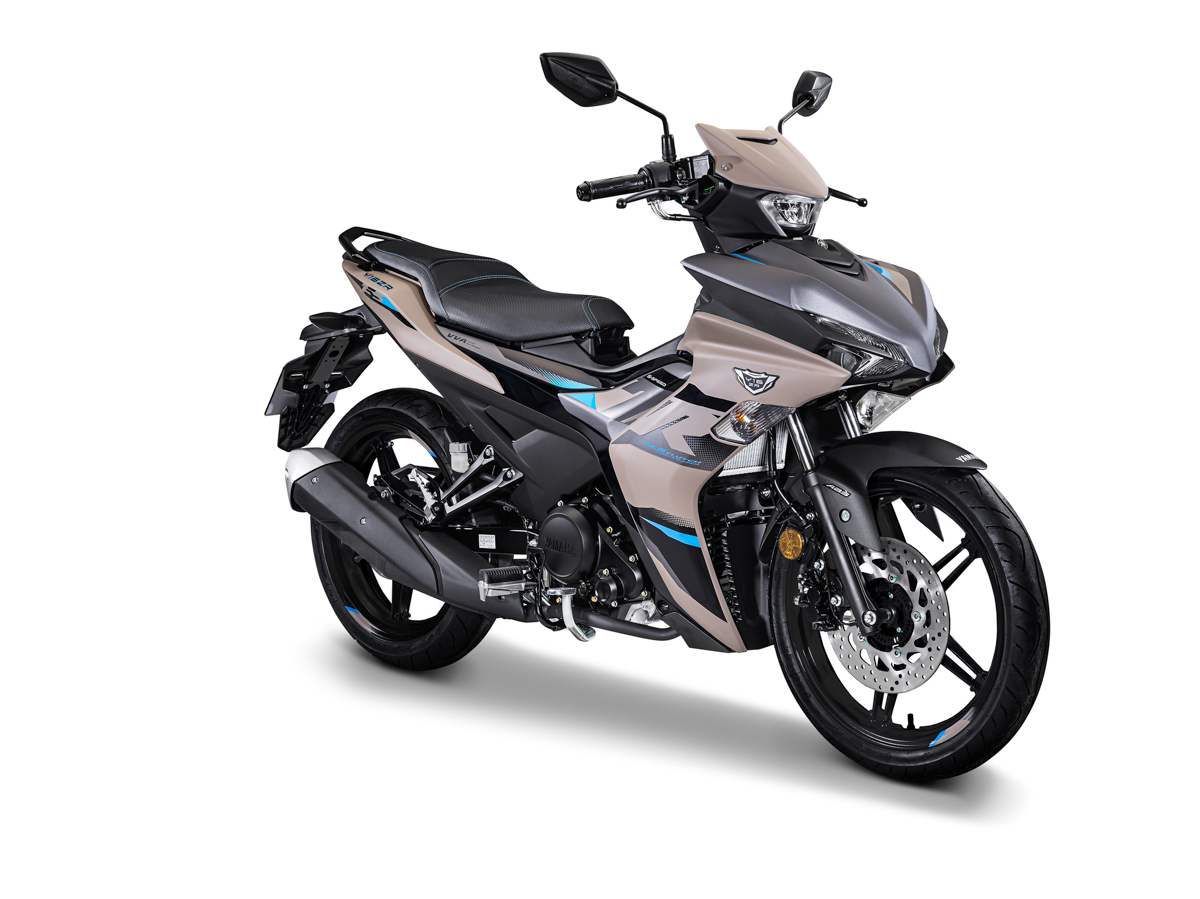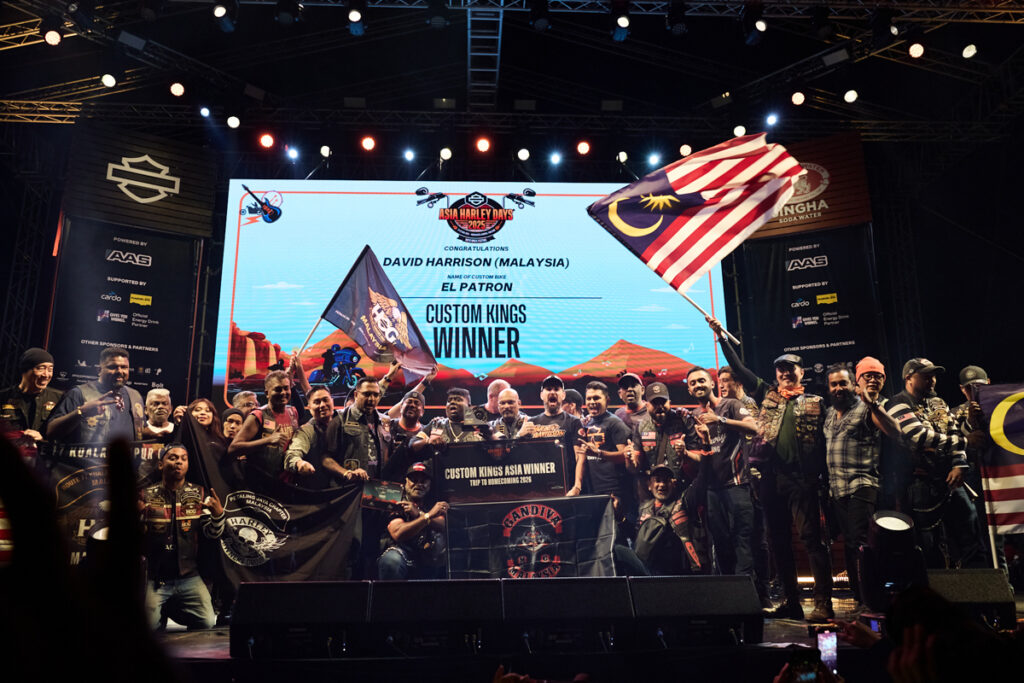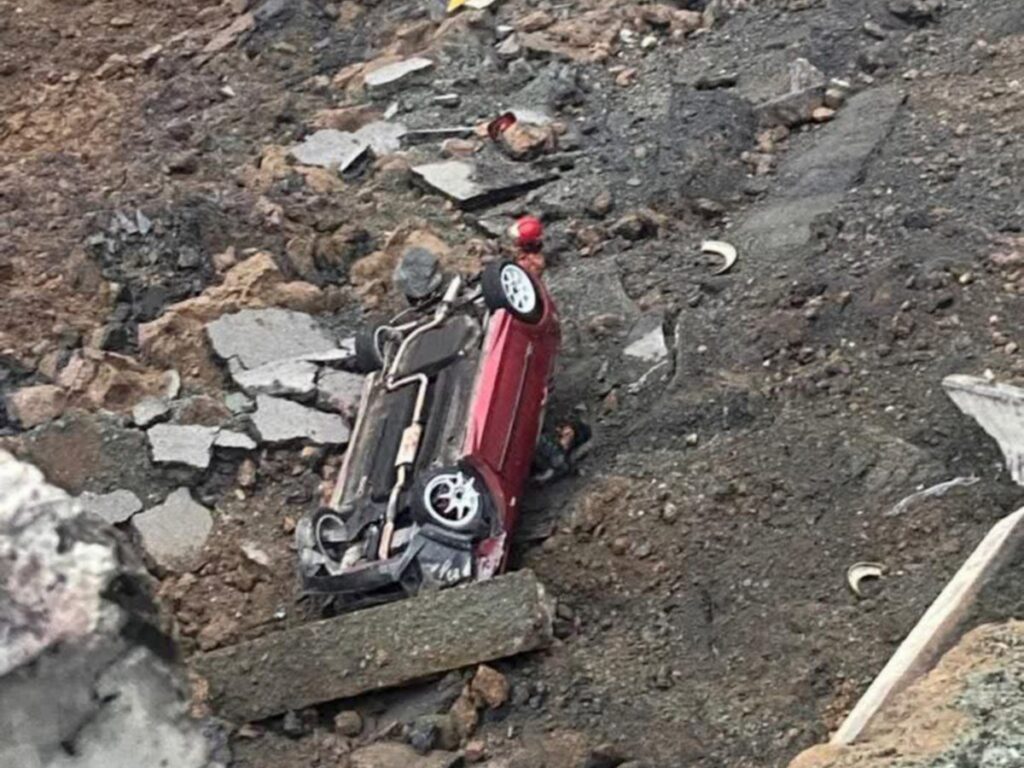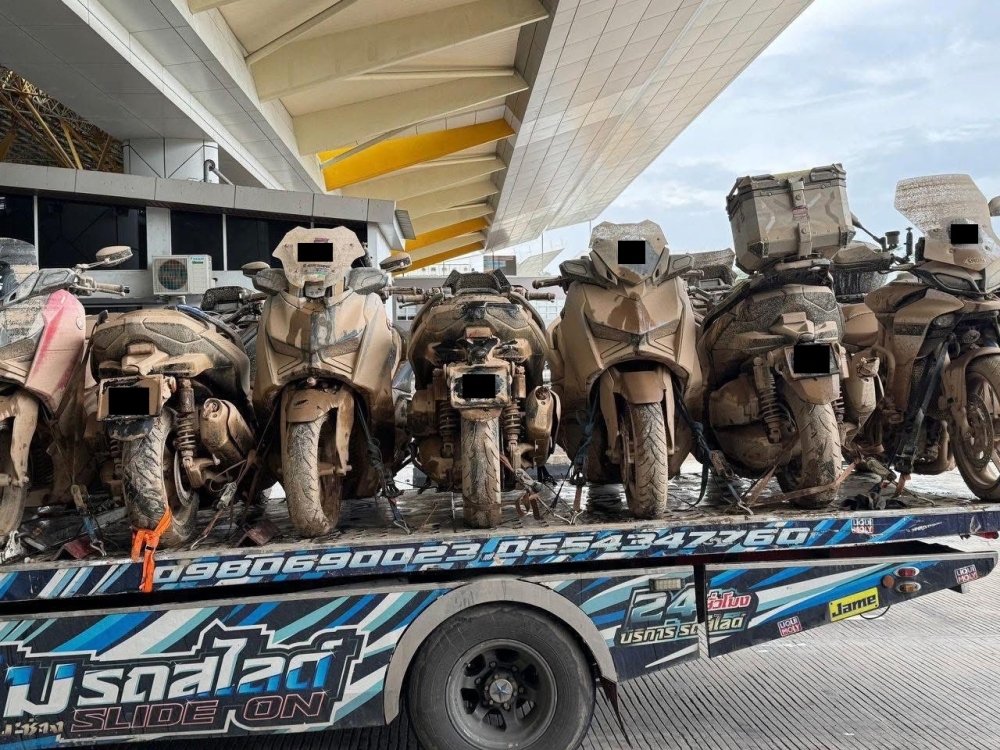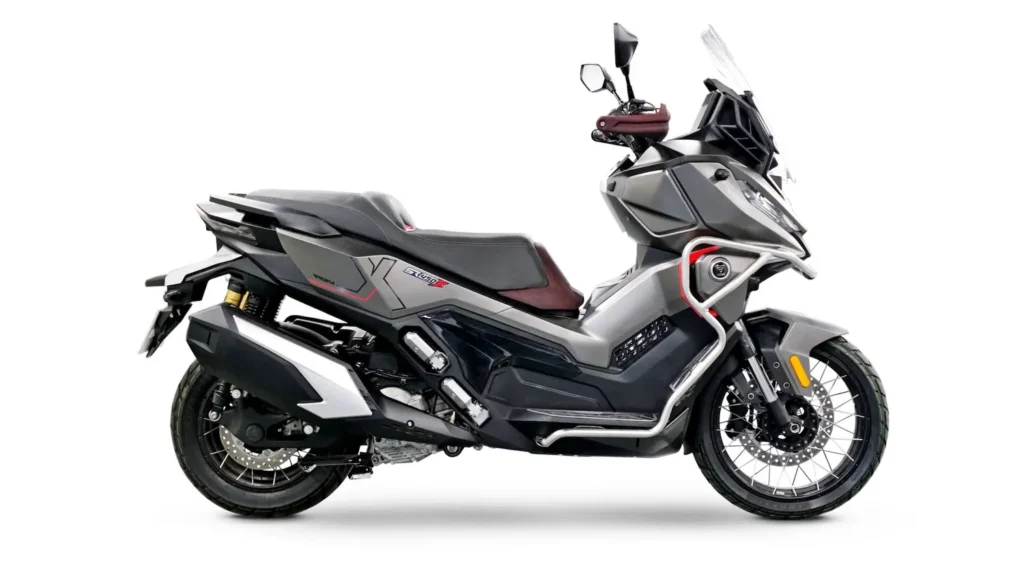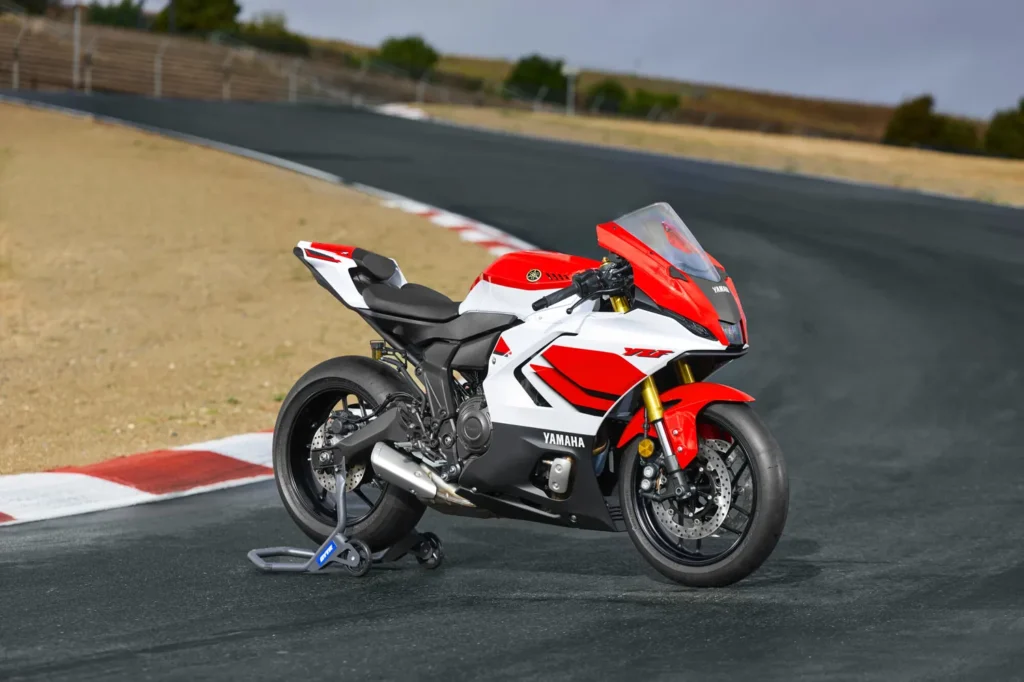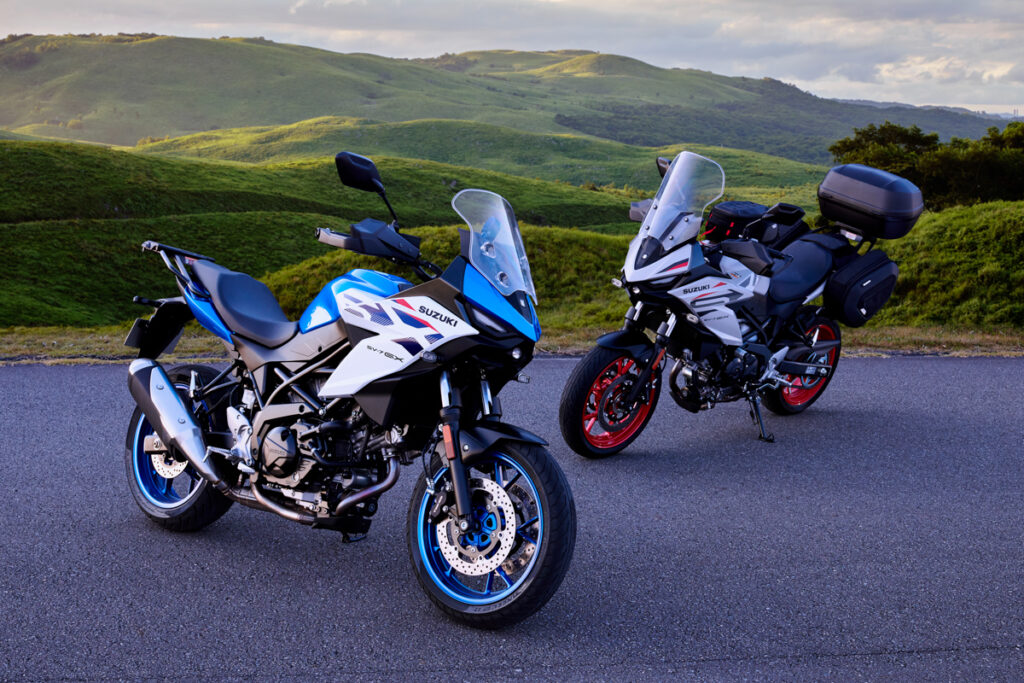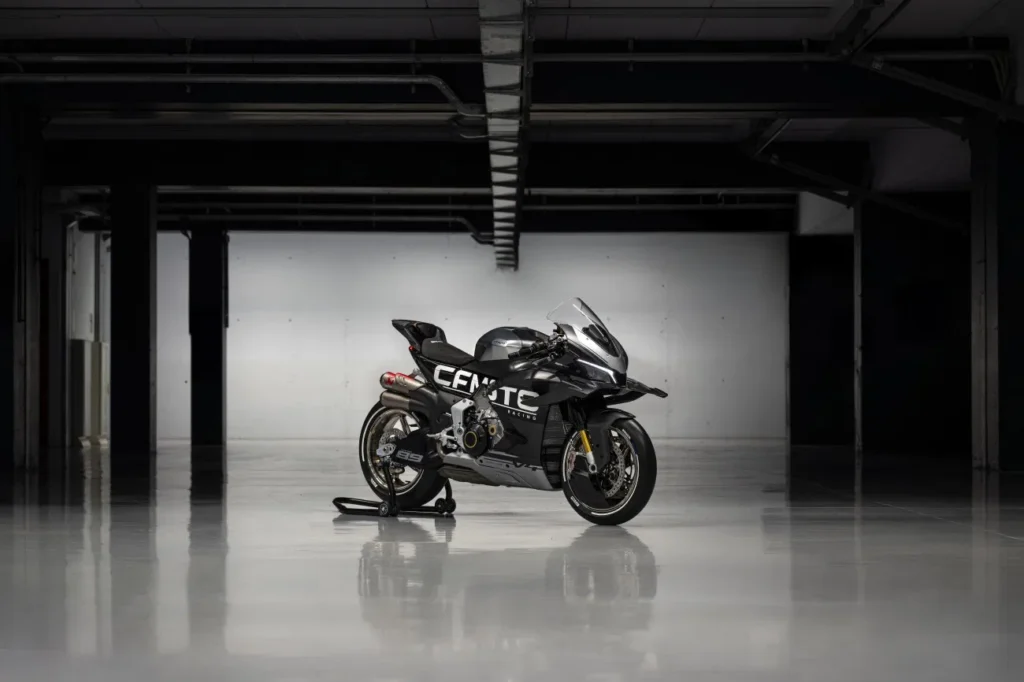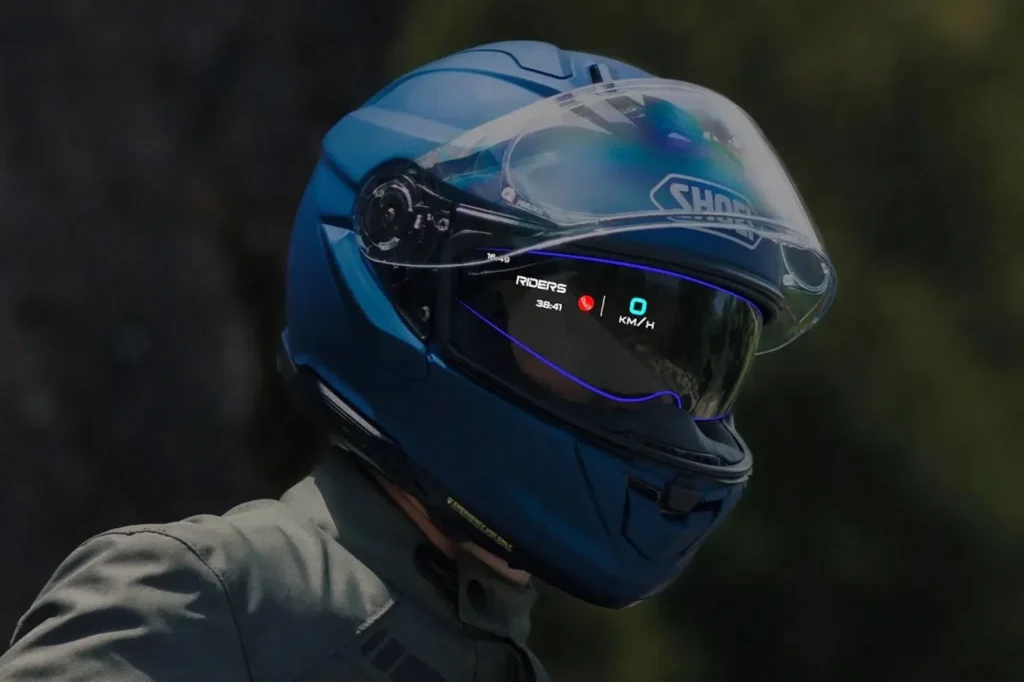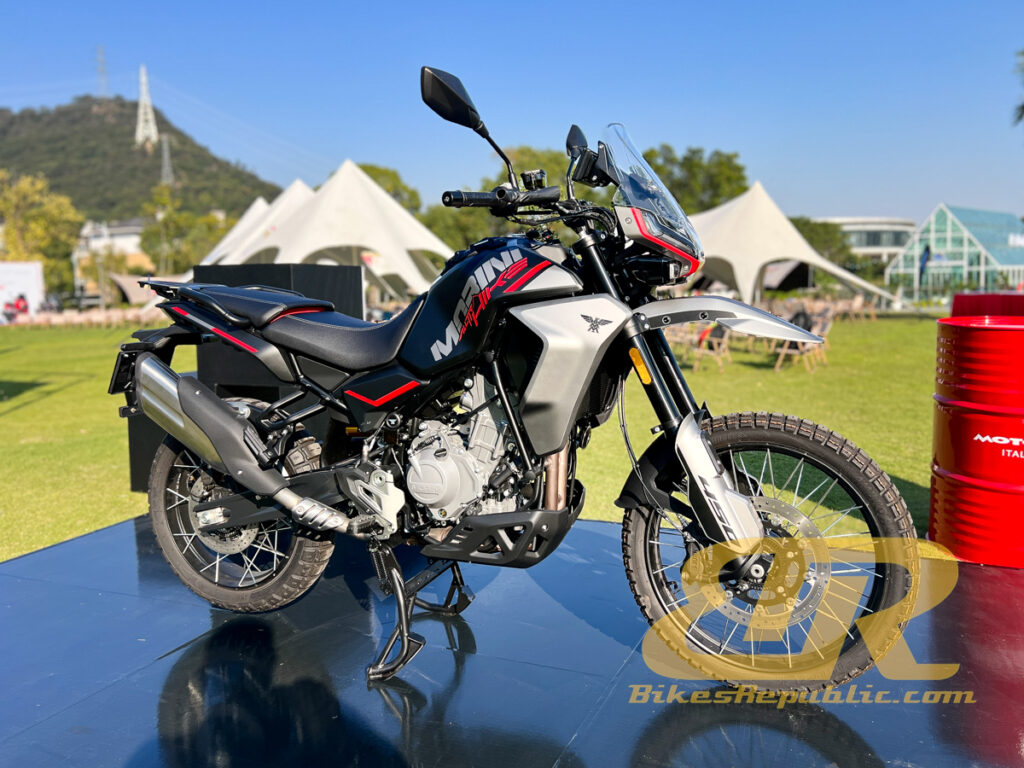Boon Siew Honda has introduced new colours for 2025 Honda Vario 160.
The new colours are set to enhance the bike’s looks even further, on top of the ease of use, practicality, and style it offers.
Highlights
- 157cc, liquid-cooled, single-cylinder engine equipped with with PGM-FI and Enhanced Smart Power+ (eSP+) systems.
- Due to the fuel saving and low emission measures, the bike is certified as an EEV (Energy Efficient Vehicle).
- It also earned the MyMAP Certificate for safety as the front and rear disc brakes are equipped with ABS.
- Everything is held together by the new lighter but stronger Enhanced Smart Architecture Frame (eSAF).
- Honda Smart Key System for convenience and security with a smart ignition switch, Anti-Theft Alarm, and Answer Back System.
- Full LED lighting for full safety and visibility.
- USB charger in the console box keeps your gadgets powered.
- Full digital speedometer displays essential info like fuel consumption and time.
- 18-litre utility box, wider tires, cast wheel design.
Colours, availability and price
The 2025 Honda Vario 160 will be available at all IMPIAN X and authorised Honda dealers nationwide from 11th April 2025 onwards.
Recommended retail prices (without road tax, insurance, and registration) depends on your colour choice:
- The new Yellow and existing Blue and Red colour schemes are priced from RM10,198.00.
- The new Silver and Matte Red, and existing Green and Matte Blue are priced from RM10,498.00.
Boon Siew Honda offers two years or 20,000 manufacturing warranty, whichever comes first. For more information, please click https://boonsiewhonda.com.my/product/vario160-2024/ or visit the nearest Honda Impian X. Customers may also reach them via their toll-free number at 1-800-88-3993.




